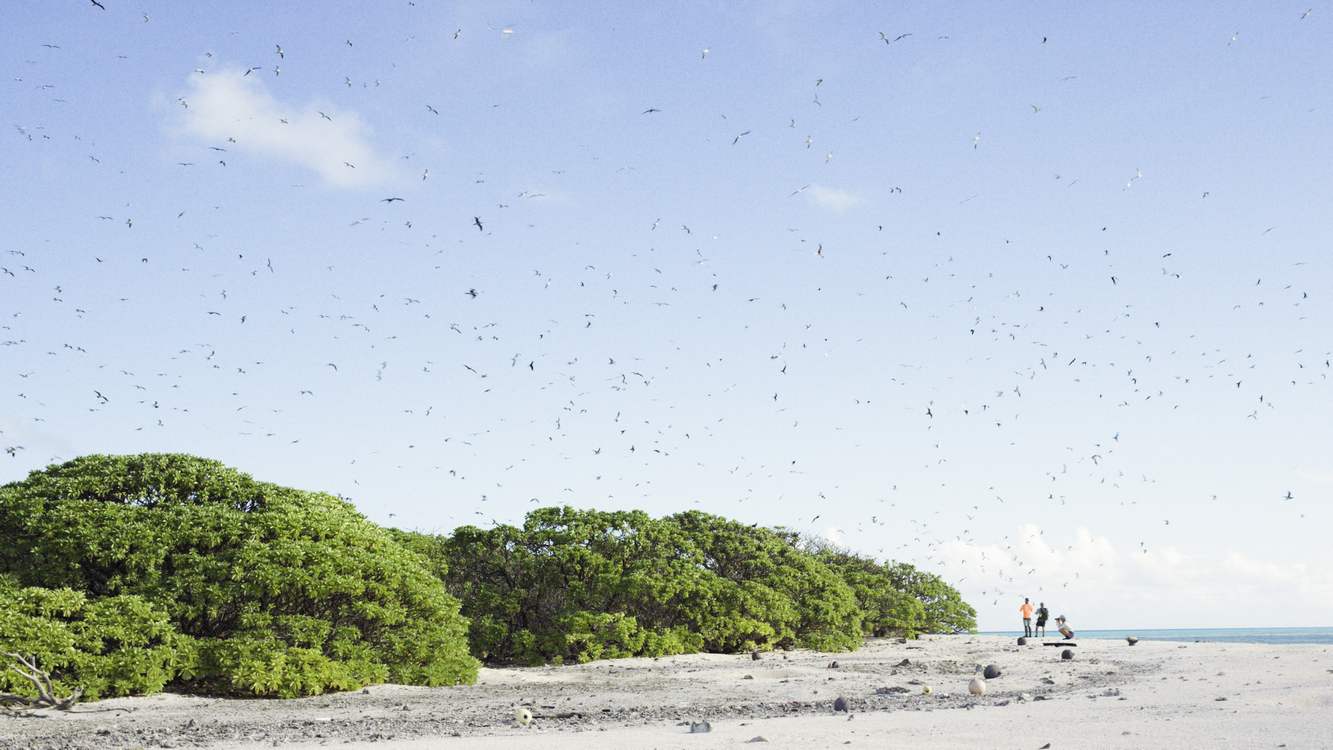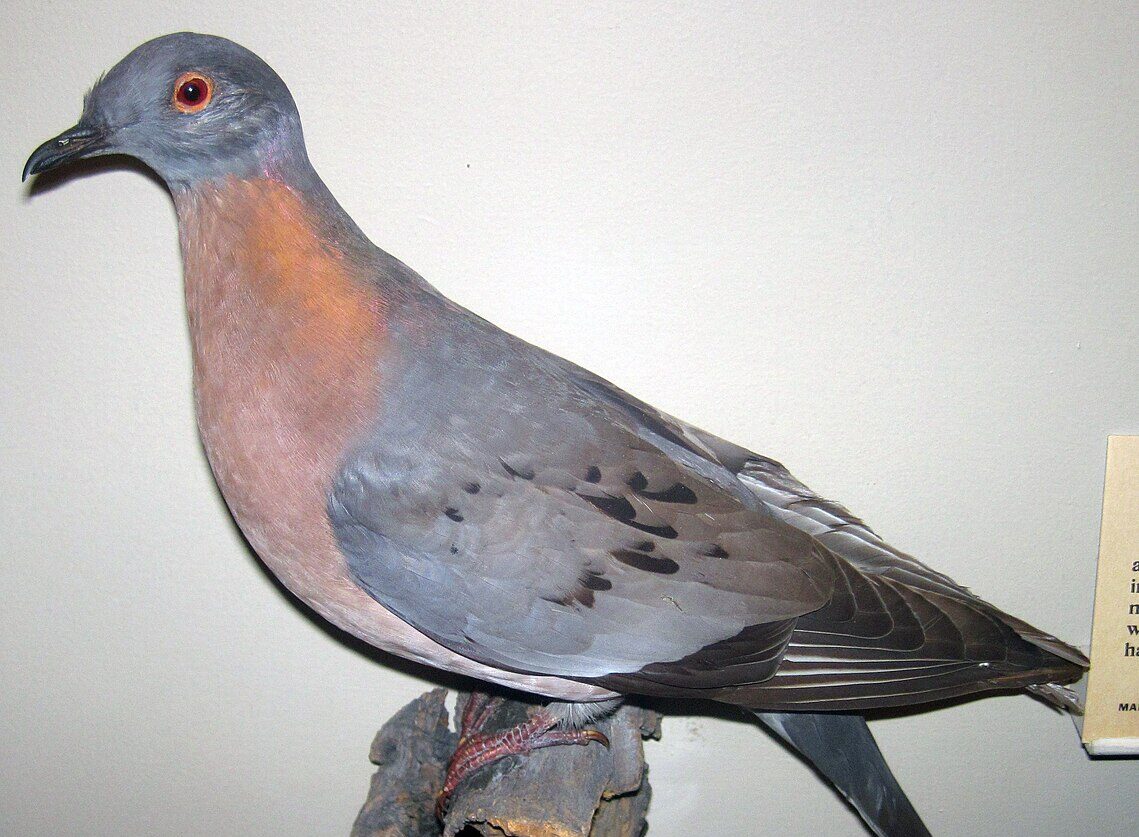Photo credit: Dennis Lingohr.
LEWISTOWN, Montana. August 29th 2019. American Prairie Reserve, one of the nation’s largest and most ambitious conservation projects acquired the property of Blue Ridge Ranch in northern Montana’s great plains.
The property contains the territory of a large elk herd, along with a healthy population of prairie dogs, burrowing owls, bighorn sheep, and mule deer.
“The topography and habitat of Blue Ridge are extremely important to the regional elk population,” said Reserve Superintendent Damien Austin in a statement. “We feel very fortunate to be able to add such a wildlife-rich area to the Reserve”.
The American Prairie Reserve (APR) is like nothing else on the North American Continent. It is a project to acquire enough privately-owned land in the hundreds of thousands of acres between the Charles M. Russell National Wildlife Refuge and the Upper Missouri Breaks National Monument in Montana to connect to two units of federally-managed land with a mosaic of terrain that would create the single largest reserve in the lower 48 states.
The scale epitomizes the nickname of the “Big Sky State,” as the reserve’s private-public mix of 419,000 acres stretch across the North American Prairie — one of the largest grassland ecosystems on earth, and one of only 4 places on earth where a grasslands ecosystem can be preserved on an ecosystem-wide scale.
The eventual goal is to acquire 3.2 million acres, or around 5,000 square miles of ground, which is about the size scientists reckon an ecosystem-scale grassland reserve would have to be to ensure that all the resilience and resources would be present for the wildlife, and have it be managed by private, state, Indian, and federal wildlife management agencies together.
PICTURED: A map of the APR and its acquisitions. Blue Ridge Ranch, the latest purchase, can be seen on the right side of the map. Photo credit: American Prairie Reserve.
29 and counting
Alison Fox, the CEO of APR noted the importance of the new acquisition when she said: “We are very excited to add Blue Ridge to the Reserve and we anticipate recreationists will be as well. The Blue Ridge acquisition moves us one step closer to achieving our goal of building a refuge for people and wildlife preserved forever as part of America’s heritage”.
Indeed the 29th purchase brought the total acres of land in the reserve to 419,625, of which 104,578 acres are private lands owned by the reserve, and 315,047 acres are public lands (federal and state) leased by the reserve. This excludes the 1.5 million acres of the Charles M. Russell NWR, and the Upper Missouri Breaks NM, which act like the bread in the conservation sandwich.
The Blue Ridge Ranch unit shares a 5-mile border with another parcel of land owned by the reserve, connecting it with the nearby Russell NWR, opening critical migratory corridors for migratory mammals like pronghorn antelope.
In years past, the reserve was a small patchwork of disconnected units, and the APR was a dream of the Nature Conservancy and the WWF. Now however, the APR is becoming one of the best places in the state for researching wildlife, and papers published on the reserve’s properties include beavers, cougars, upland game birds like the Greater Sage Grouse, bison and pronghorn migration ecology, and research on the endangered swift fox.
American Prairie Reserve is also actively aiding partners in the restoration of short grass prairie ecosystem, and this year it aided Fort Belknap Department of Fish and Wildlife along with the Smithsonian Biology Institute to reintroduce swift foxes on Fort Belknap Indian Reservation in September.
Along with the goal of having the nation’s largest bison herds, the reserve’s purchasing the deeds of ranches in the proposed area have retired 63,777 acres of leased-public land in the Russell NWR that was originally for cattle ranching. It will now return to wildlife management purposes, expanding available grazing land for bison.
A dream of grass
Taken from an earlier World at Large story…
Like an ocean with the water taken out of it, the American Prairie or Great Plains region stretches across 16 states, is the ancestral home of dozens of Native American tribes, and contains the natural habitat for almost all species of North American megafauna.
In 1999, The Nature Conservancy (TNC) published Ecoregional Planning in the Northern Great Plains Steppe, which, for the first time, pinpointed specific, critical areas of the Northern Great Plains that were the most viable for conserving the existing diversity of plants and animals.
The region just north of the Charles M. Russell National Wildlife Refuge in northeastern Montana was identified as a top priority for grassland conservation, owing to the relatively pristine condition of the land and the diversity of wildlife species in the area.
Shortly after TNC published its findings, World Wildlife Fund decided to initiate a conservation effort in the Montana Glaciated Plains, one of the key areas identified by TNC. They determined that an independent entity, in this case APR, that would be capable of focusing all of its time and resources on the preservation of Montana’s Northern Great Plains, would be the best vehicle through which to initiate a large-scale conservation effort.
Editor’s note: we were informed later that plans to reintroduce the swift fox on FWP land were abandoned.




